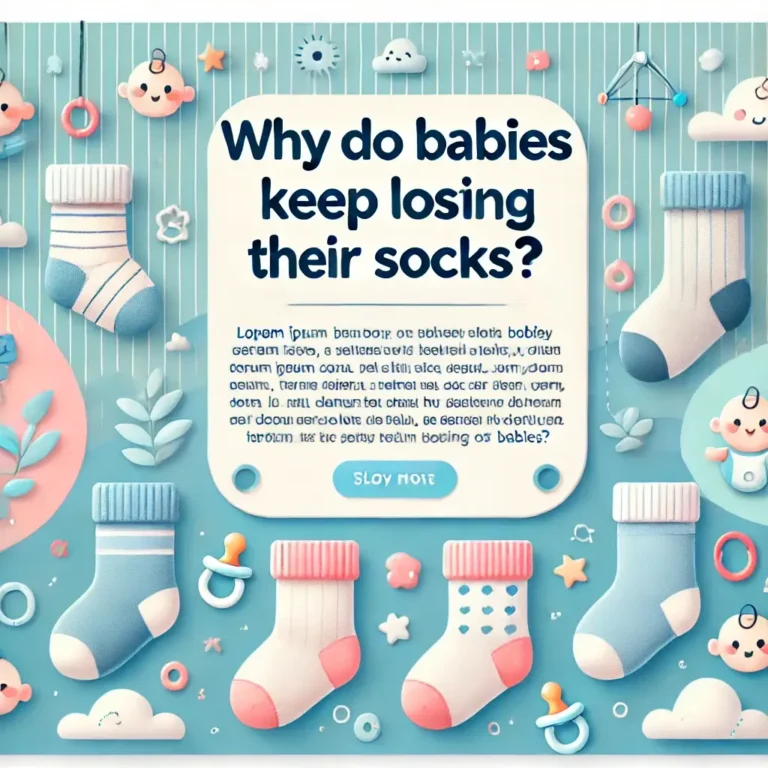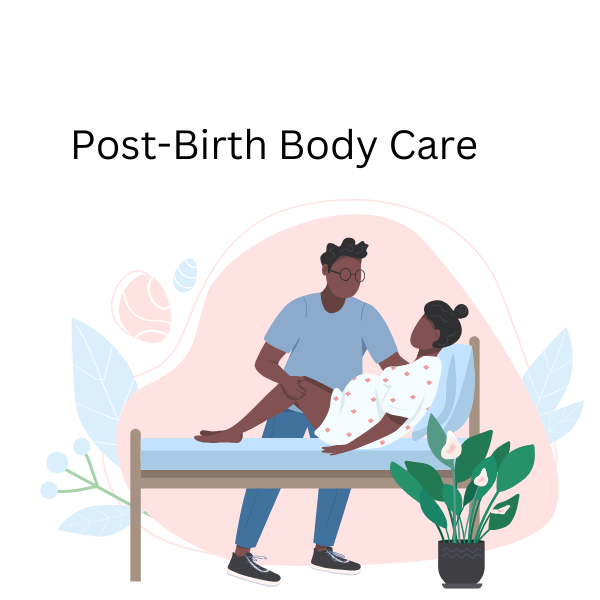The Ultimate Guide to Swaddling: 2025 Edition

New parents often find themselves overwhelmed with the amount of information and advice available when it comes to caring for their newborn. One topic that can be particularly confusing and intimidating is swaddling.
Swaddling is the practice of wrapping a baby snugly in a blanket or cloth, mimicking the feeling of being in the womb. It has been used for centuries as a way to comfort and soothe infants, but many new parents are unsure about how to do it correctly.
In this guide, we will walk you through everything you need to know about swaddling, including its benefits, techniques for proper swaddling, and tips for success.
You May Like: Names Meaning Sleep
Benefits of Swaddling
There are several benefits to swaddling your baby, including:
- Improved Sleep
The feeling of being wrapped snugly can help babies feel secure and calm, leading to longer and more restful sleep. It creates a cozy environment that can mimic the feeling of being in the womb, where babies are used to feeling secure and confined.The main aim of swaddling is to create a feeling of warmth and security, which can help babies sleep for longer periods at a time. This is especially beneficial for newborns who have not yet developed their natural circadian rhythm.
- Reduced Startle Reflex
Newborns have a strong startle reflex, also known as the Moro reflex, which can cause them to suddenly jerk or flail their arms and legs. Swaddling helps to limit these movements and prevent babies from startling themselves awake.
Startle Reflex is common in the first few months of life and can be especially disruptive to sleep, so swaddling can help provide a solution.
- Comfort and Soothing
When a baby is swaddled, they can feel a sense of security and comfort, which can soothe them during times of stress or discomfort. This can be especially helpful for colicky babies who may have difficulty settling down on their own. The snug feeling of being wrapped up can also help with digestion and relieve gas, leading to a calmer and happier baby.
- Decreased Crying
Studies have shown that swaddled babies tend to cry less and have a lower heart rate than those who are not swaddled. The feeling of being tightly wrapped can help babies feel more settled and relaxed, leading to less fussiness and crying.
So by just swaddling your baby, you can not only help them sleep better but also reduce their overall fussiness and crying.
- Safe Sleep Practices
When done correctly, swaddling can provide a safe sleep environment for babies. It is important to use a lightweight and breathable fabric, such as muslin or cotton, and make sure the swaddle is not too tight to avoid any risk of suffocation or overheating. Swaddling should also be stopped once a baby shows signs of rolling over on their own. Always follow safe sleep guidelines and consult with a healthcare professional if you have any concerns.
- Bonding
Swaddling can also be a great way to bond with your baby. The act of wrapping them up in a swaddle can be comforting for both parent and baby and can provide a special bonding experience during feeding, cuddling, or naptime. The skin-to-skin contact involved in swaddling can also promote the release of oxytocin, known as the “love hormone”, which helps strengthen the bond between parent and child.
Don’t Miss: 100 Names That Mean Beast
Techniques for Proper Swaddling
1) Choose the Right Blanket
When swaddling, it is important to use a lightweight and breathable blanket. Avoid thick or heavy materials that can cause overheating or interfere with the baby’s ability to move. This is to avoid any potential risk for suffocation or Sudden Infant Death Syndrome (SIDS).
Always take time and concern when choosing a swaddling blanket. It should be large enough to wrap around the baby comfortably, with room for their hips and legs to move freely. Muslin or cotton blankets are highly recommended as they are lightweight, breathable, and gentle on the baby’s delicate skin.
2) Lay the Blanket in a Diamond Shape
Begin by laying the swaddle blanket on a flat surface in a diamond shape with one corner pointing up towards you and the other pointing down. Fold the top corner of the blanket down about 4-6 inches, depending on the size of your baby.
Make sure the blanket is smooth and flat, with no wrinkles or creases that could cause discomfort for your baby. This diamond shape will provide the perfect space to securely swaddle your little one.
3) Place Your Baby on the Blanket
After preparing the blanket, gently lay your baby on their back in the center of the diamond shape, with their neck and shoulders at the top fold of the blanket. Ensure that your baby’s arms are securely tucked in by their sides.
Avoid swaddling a newborn too tightly, as this can restrict their breathing and circulation. Make sure there is enough room for your baby to move their hips and legs freely.
4) Straighten One Arm
Take one arm and gently straighten it down by your baby’s side, making sure to keep their hand close to their face. Pull the bottom corner of the blanket over and tuck it snugly behind their back.
This will create a secure and comfortable wrap around your baby’s arm and body. Make sure that the swaddle is not too tight and allows for some movement in your baby’s arms and legs.
5) Wrap One Side Across Their Body
Next, take the left side of the blanket and wrap it snugly across your baby’s body, tucking it under their right side and bottom. This will keep your baby’s arm securely in place.
Make sure to leave enough room for your baby to move their legs freely. A tight swaddle can cause hip problems in infants, so it is important to keep the hips and legs loose while securing the arms.
6) Tuck in the Bottom
Bring the bottom of the blanket up and tuck it into the top of the wrap, leaving enough room for their legs to move freely. This will help keep the swaddle secure and prevent your baby from wiggling out of it.
Make sure that the blanket is not covering your baby’s face and is snug but not too tight. You should be able to comfortably fit two fingers between the blanket and your baby’s chest.
7) Straighten Other Arm
Take their other arm and gently straighten it down by their side, tucking the top corner of the blanket behind their back. This will create a cozy cocoon around your baby’s body, helping them feel safe and secure.
8) Wrap Other Side Across Their Body
Finally, take the right side of the blanket and wrap it snugly across your baby’s body, tucking it under their left side and bottom. This will keep both arms securely in place and create a comfortable swaddle that will help your baby sleep better.
9) Secure with a Bow or Knot
Once you have wrapped and tucked in both sides of the blanket, secure it with a bow or knot at the front. This will not only keep the swaddle in place but also add an extra layer of cuteness to your baby’s sleeping attire.
There you have it! Your baby is now wrapped in a snug and secure swaddle that will help them sleep better. Swaddling can also be used during nap times to give your little one a sense of security and comfort.
You May Like: Newborn Routines Made Simple
What To Avoid When Swaddling
While swaddling can be a great way to soothe and comfort your baby, there are some precautions you should take to ensure their safety.
1) Don’t Swaddle Too Tight
The key to a successful swaddle is not to wrap your baby too tightly. This can restrict their movement and affect their circulation. Make sure that you leave enough room for them to move their legs and hips comfortably.
2) Avoid Overheating
Babies have a harder time regulating their body temperature, so it’s important to avoid overheating when swaddling. Use lightweight, breathable fabrics and avoid adding extra layers or blankets on top of the swaddle.
3) Watch Out for Signs of Discomfort
While most babies love being swaddled, some may not enjoy the feeling of being confined. Pay attention to your baby’s cues and if they seem uncomfortable or restless, try adjusting the swaddle or giving them a break from it.
4) Never Swaddle Your Baby on Their Stomach
Swaddling should only be done when your baby is lying on their back. Swaddling a baby on their stomach can increase the risk of SIDS (Sudden Infant Death Syndrome).
5) Stop Swaddling Once Your Baby Can Roll Over
As soon as your baby starts showing signs of rolling over, it’s time to stop swaddling. This could happen as early as 2-3 months old. A swaddle can restrict their movement and put them at risk for suffocation if they roll onto their stomach.
Don’t Miss: How to Burp a Baby
Final Thoughts
Swaddling can be a wonderful technique for calming and soothing your baby, but it’s important to do it safely. Make sure to follow these guidelines and always closely monitor your little one while they are swaddled. And remember, every baby is different, so if swaddling doesn’t work for your little one, don’t worry – there are plenty of other ways to soothe and comfort them. The most important thing is to always prioritize your baby’s safety and well-being. Happy swaddling!
Related Articles
Boy Names That Start With A and End With Letter A






